
Case Studies
At which organizations are the ideas of unFIX already applied?
The unFIX model was published in January 2022. You will understand that it’s too early to say which companies have successfully adopted this model. We just got started!
However, multiple companies have already contacted us, saying, “What you’ve drawn in the unFIX picture is almost exactly how we operate!” We are working with several of these businesses and will be publishing multiple case studies. You find the first ones on this page.
On top of that, millions of companies successfully apply various bits and pieces of the unFIX model. Nobody calls it "unFIX" because we came up with this name only recently. The model described on this website is an aggregation of common sense ideas already in use at countless businesses worldwide.
The only new thing is a unique visual and fresh terminology to describe what fast-growing companies are already doing. And yes, there are people who’ve started experimenting with the model. Join our community to learn more!
Nordeck's story is not just about embracing a new framework or model; it's about a profound transformation from within.
Visual MS is a Spanish business software development group with 114 employees organizing with different Product Type Turfs and scaling up via bases, leagues, and a crowd.
When Jakob Hirn and Olaf Hermann were working together in quite a big “Corporate” company they tried pioneering “agile ways of workings”. But working together with 750 other engineers spread over different countries and using quite some digital tools was quite challenging. After a few years, they concluded that if only their teams were working “agile” it didn't make any sense. So their drive to work in a different way sparked a new adventure: Why not start for ourselves and build something from the ground up?
The Swiss Re Group is one of the world's leading providers of reinsurance, insurance, and other forms of insurance-based risk transfer, working to make the world more resilient. The aim of the Swiss Re Group is to enable society to thrive and progress, creating new opportunities and solutions for its clients.
Can a university be unfixed and to what extent does it make sense at all to regard it as an agile, dynamic organization?
During the 2022 last months, I spent some of my learning time dedicating hours to study about the unFIX Model.
Worldline is the leading payments company in Europe and they are also pioneering the way they work!
Multiteaming is a form of organized anarchy. A whole-team method for everything doesn't work for us. And one person per area also doesn't work. Multiteaming is a practical solution for now.
When working in an agile context, a lot of the unFIX patterns will probably feel very familiar. They make for a flexible toolkit that can be used to describe a wide variety of organization forms.
I evaluated the current organizational structure of BBVA Next Technologies and what I found was organized chaos. And I mean that in the best possible way! 😁
How does a fast-growing scale-up organize its teams, management, and business units? What does it mean to have agility embedded in company culture? How can you make everything an experiment? Check out the Coolblue case study and learn what you can do to become the next two-billion euro scale-up.
Fast-growing scale-ups don't use SAFe or LeSS because such agile frameworks are not agile enough. You don't become a unicorn company in 500 sprints.
This article presents a case study of the Ministry Group in Hamburg, Germany, described in the language of unFIX.
It is time for an alternative to SAFe, LeSS, Holacracy, Management 3.0, the Spotify model, and matrix organizations. We need something that takes flexibility to a new level, and that embraces hybrid working as the new normal. Here is my suggestion. I call it unFIX.


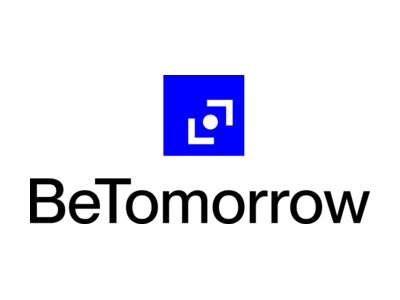

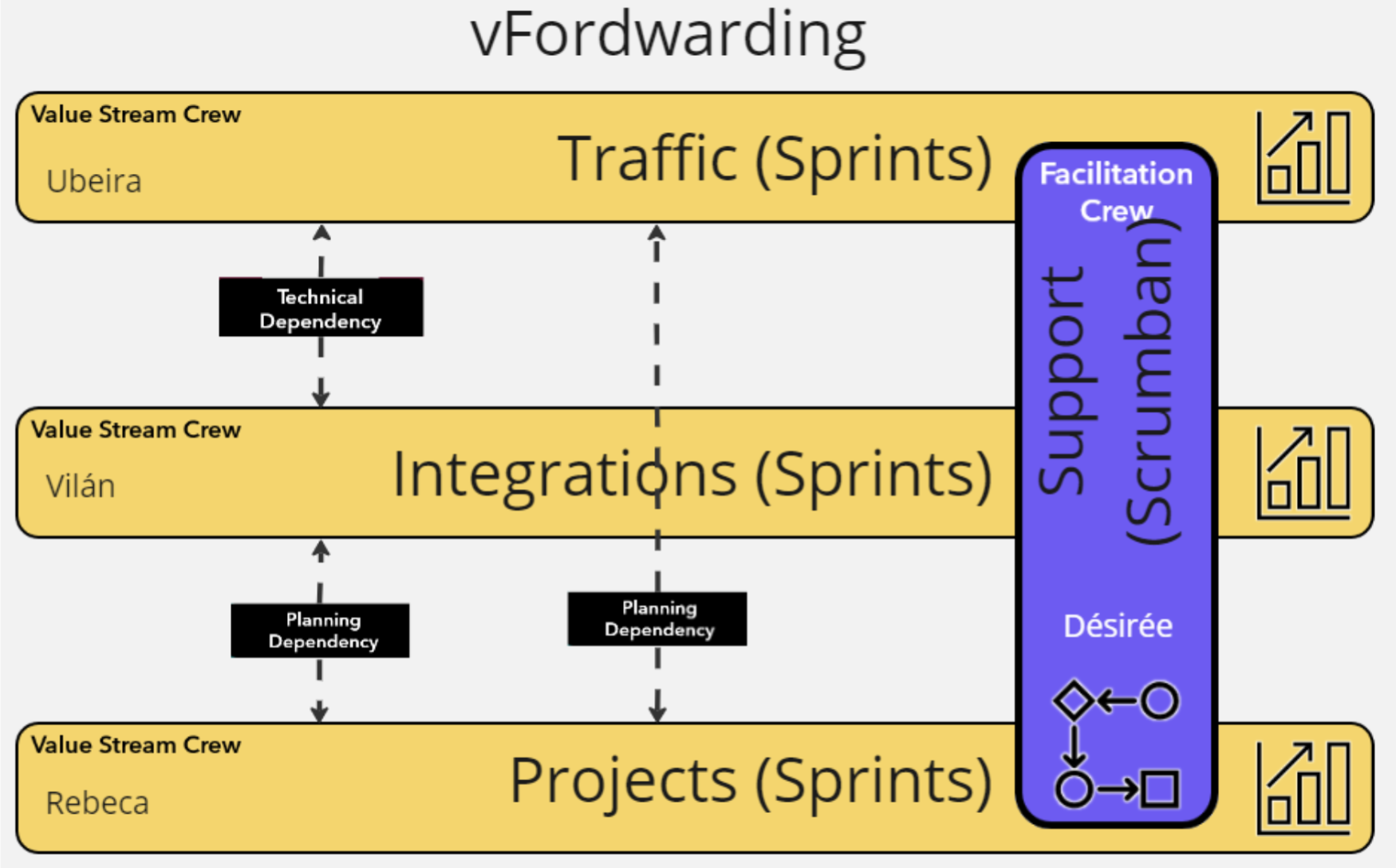
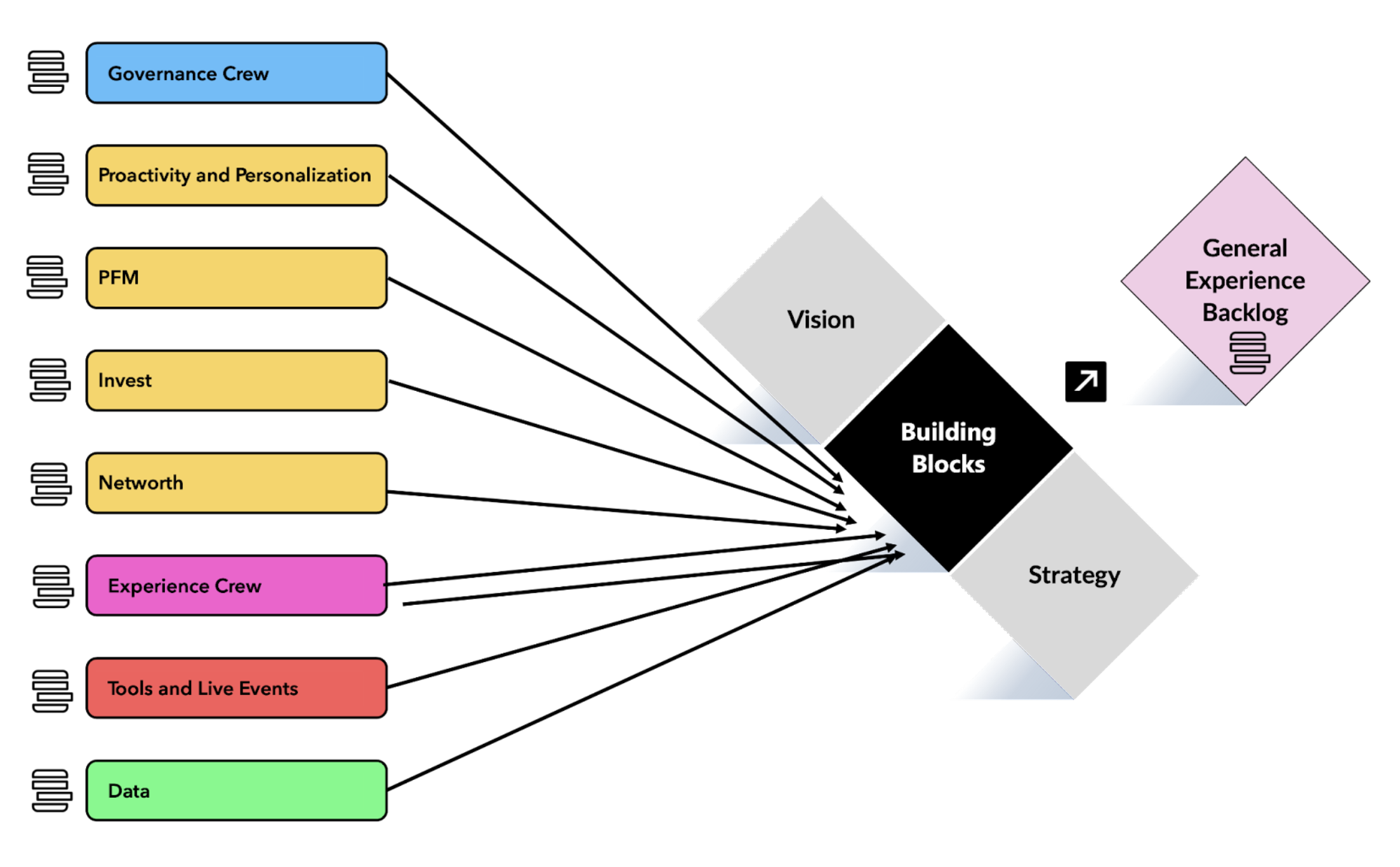
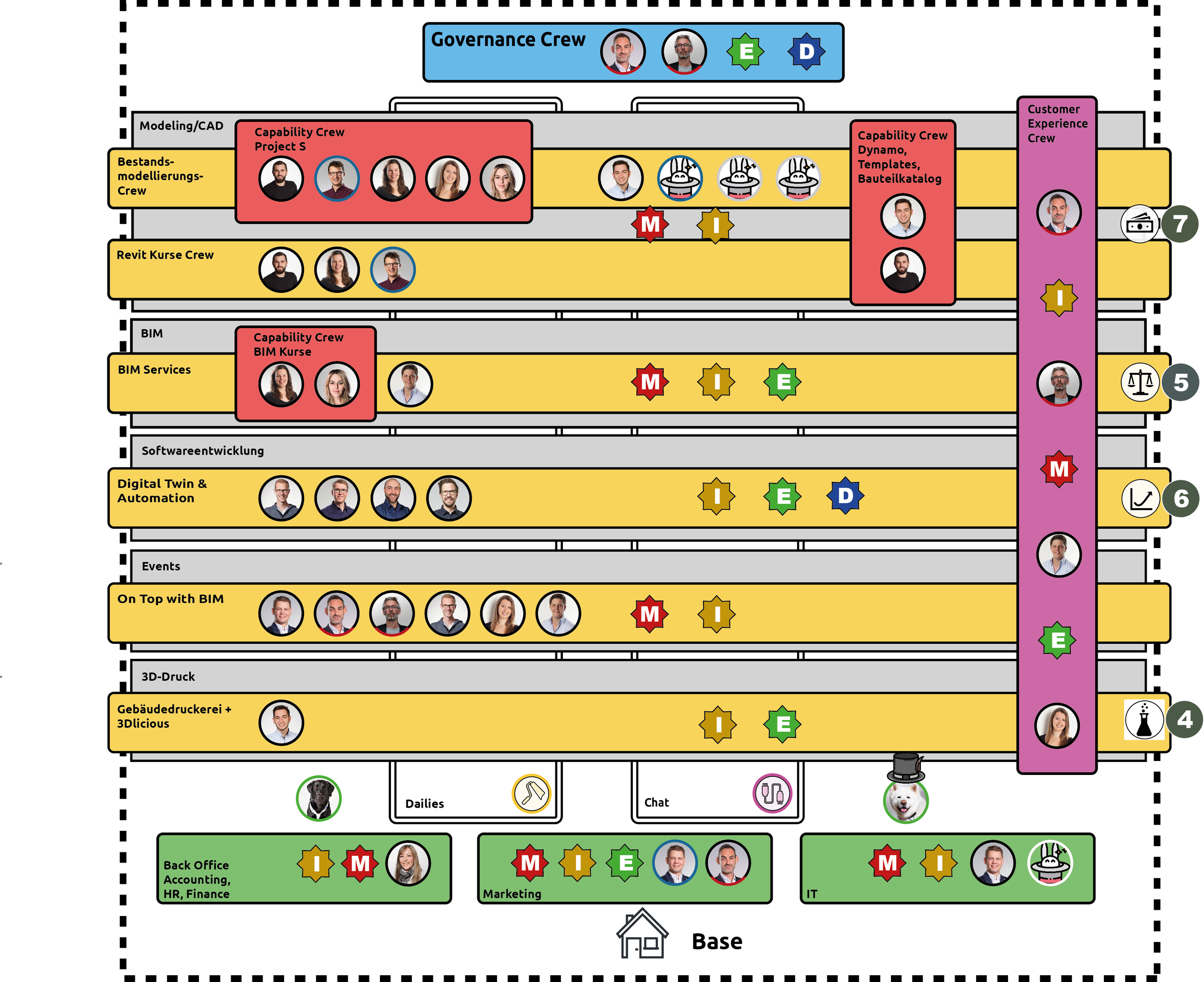
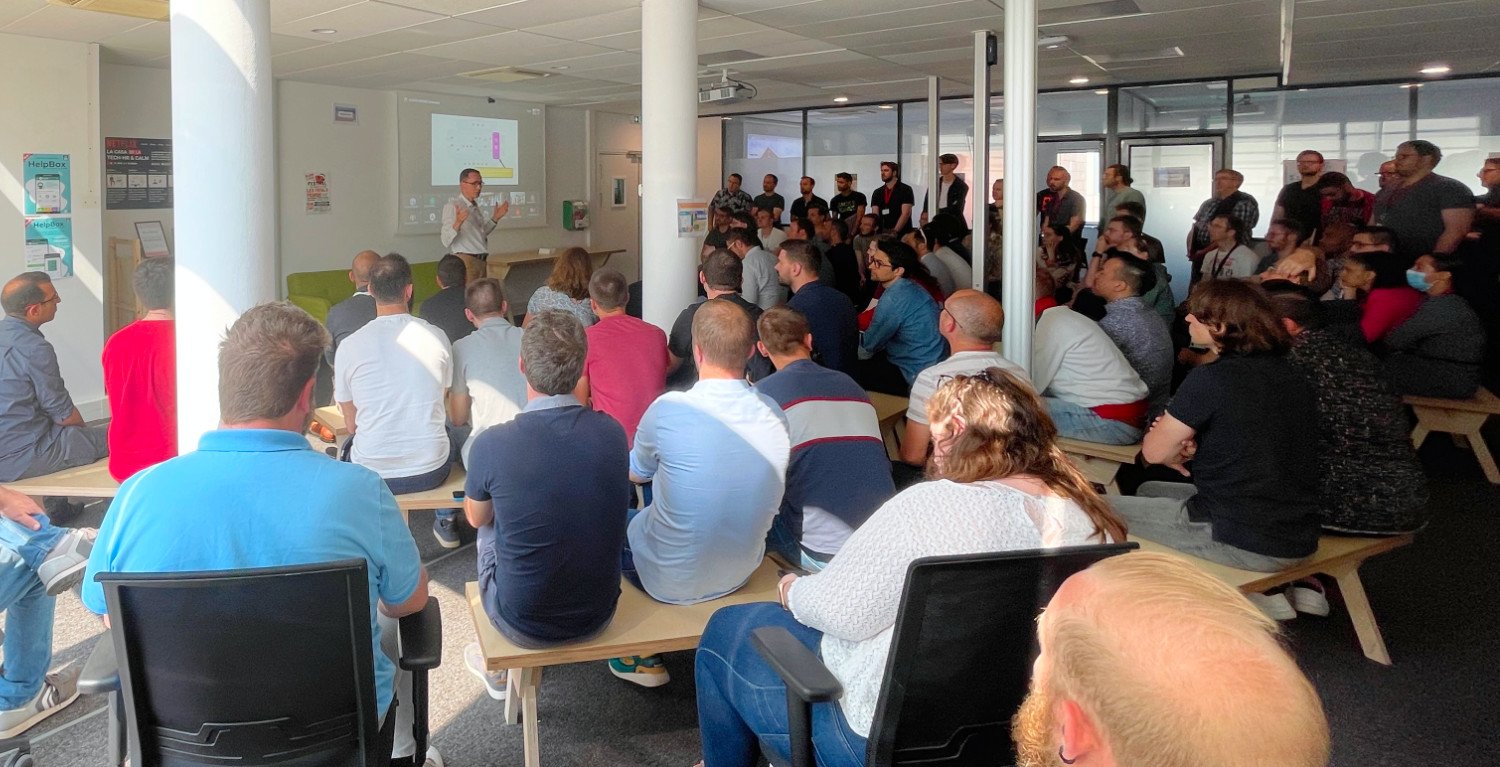
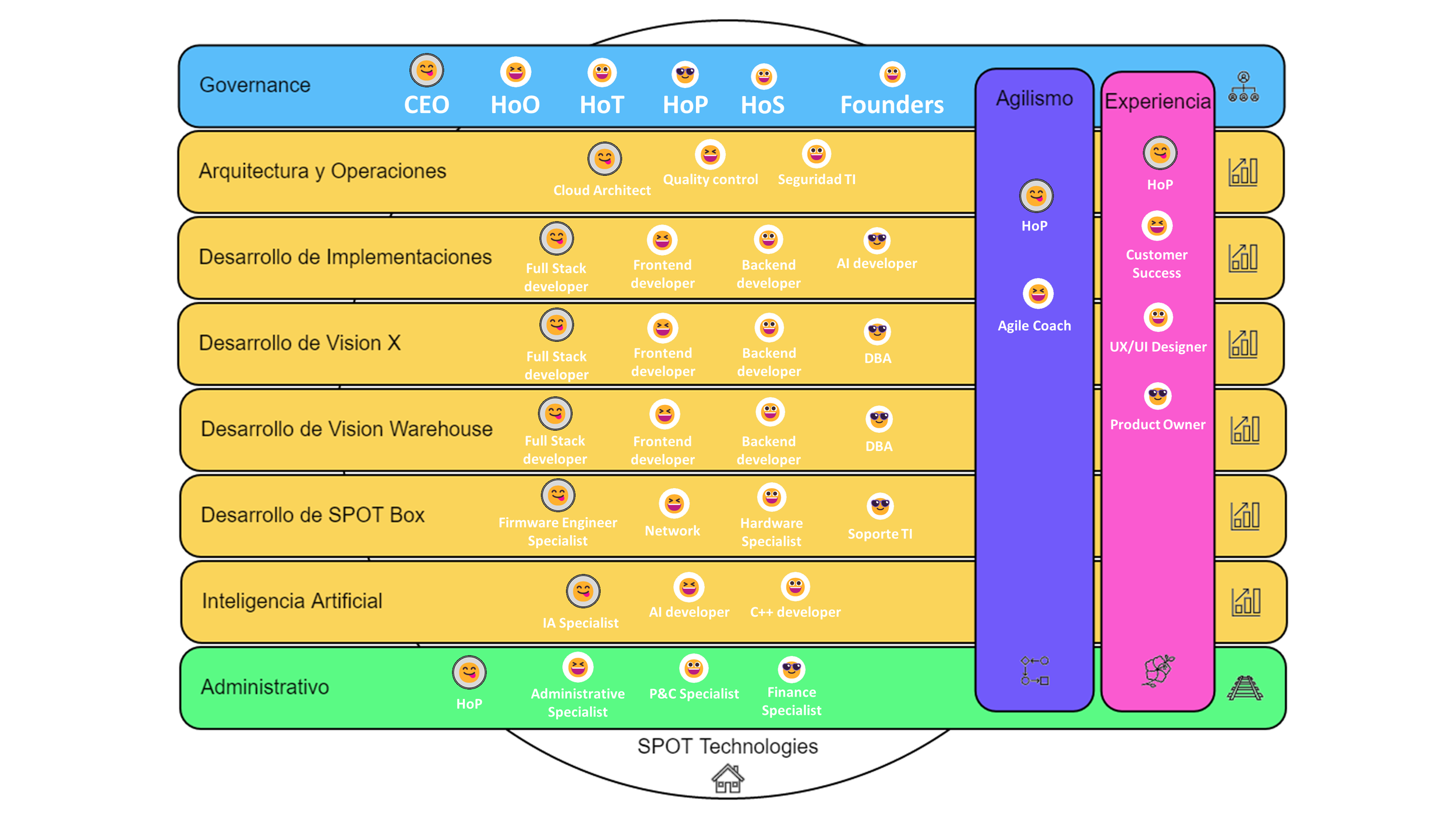
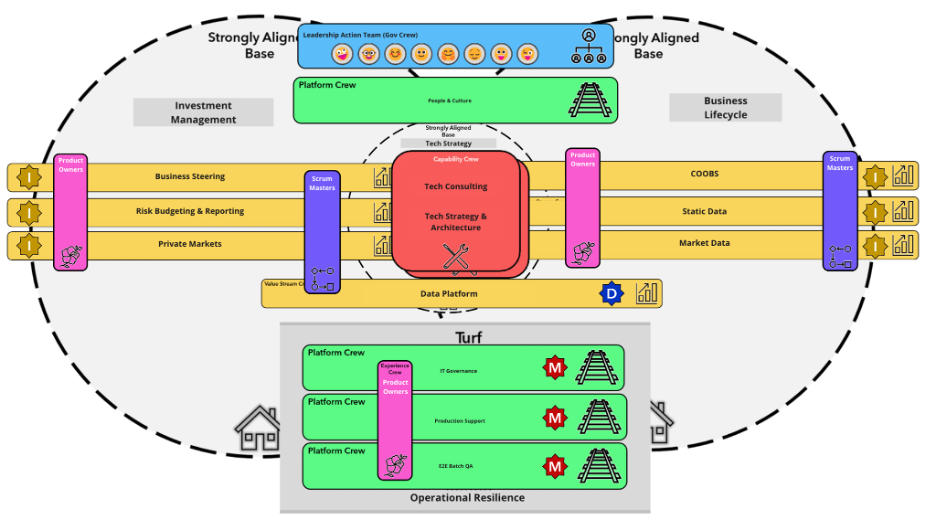

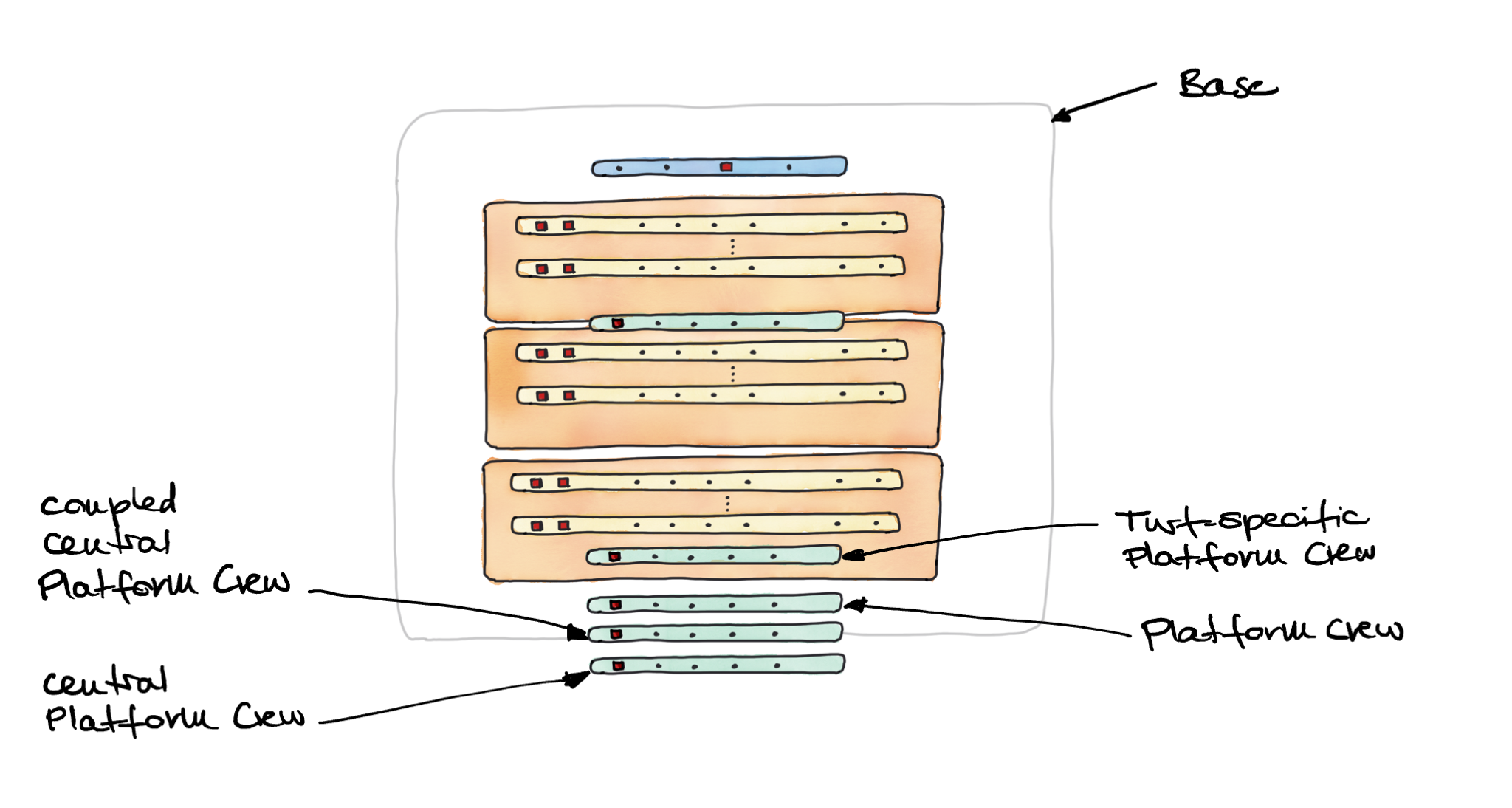


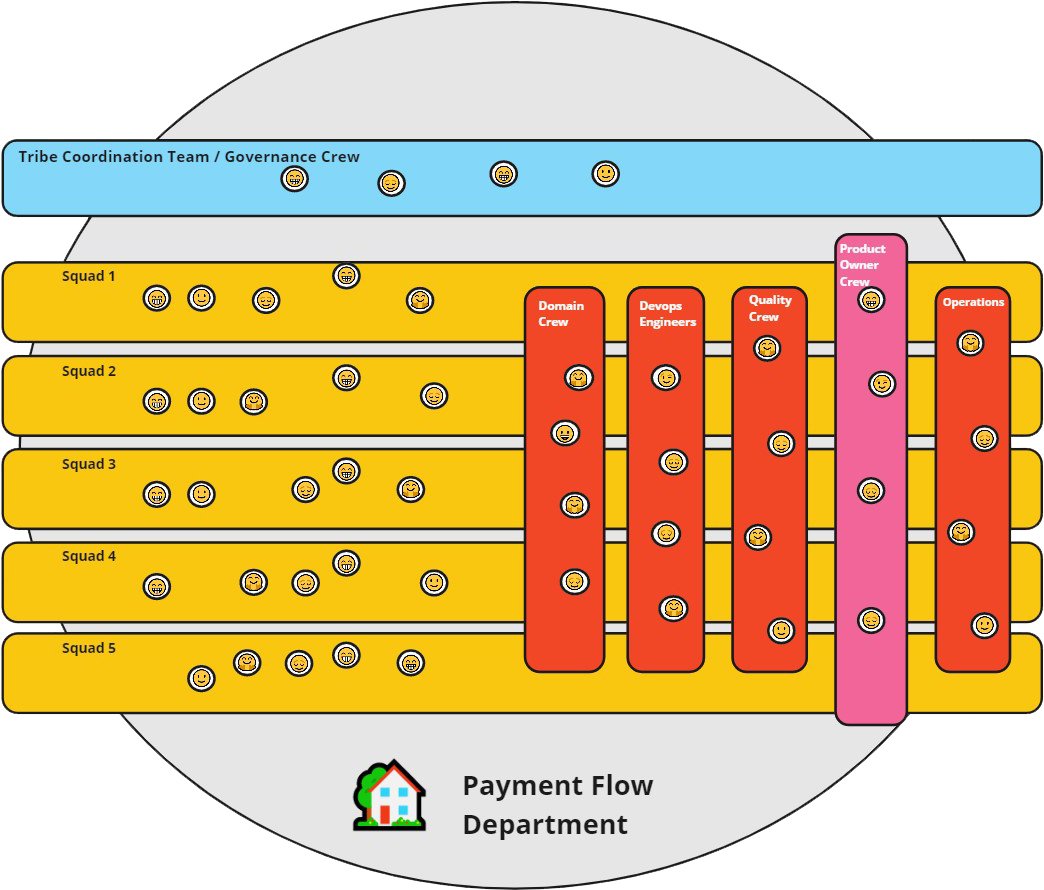

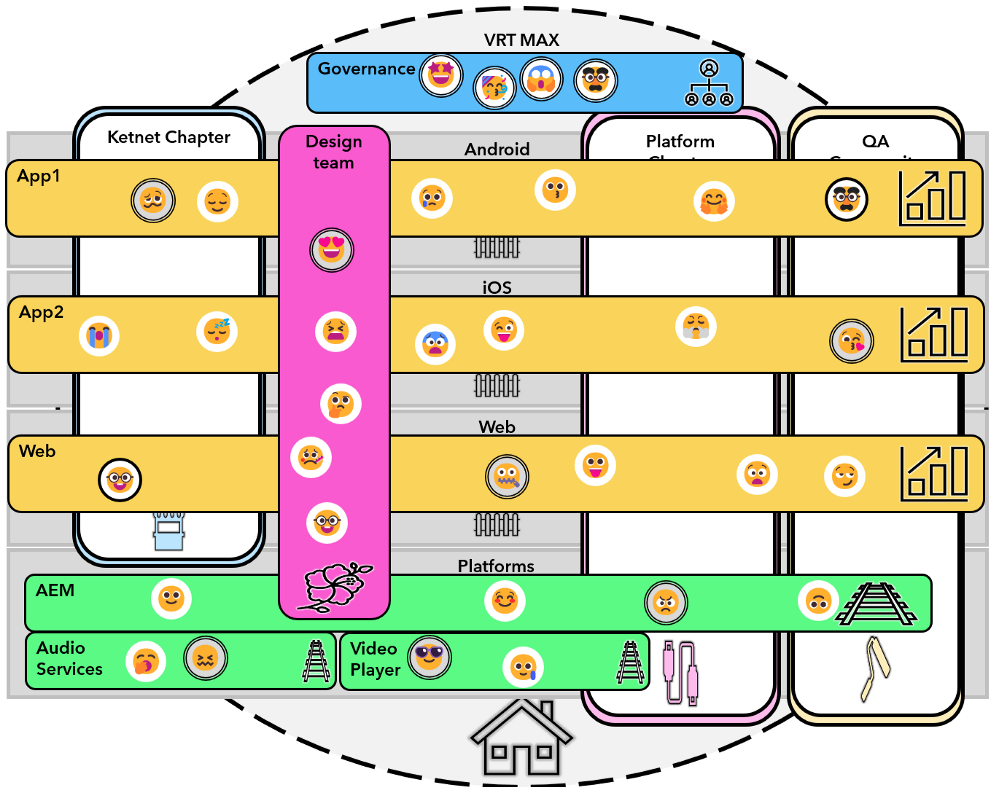
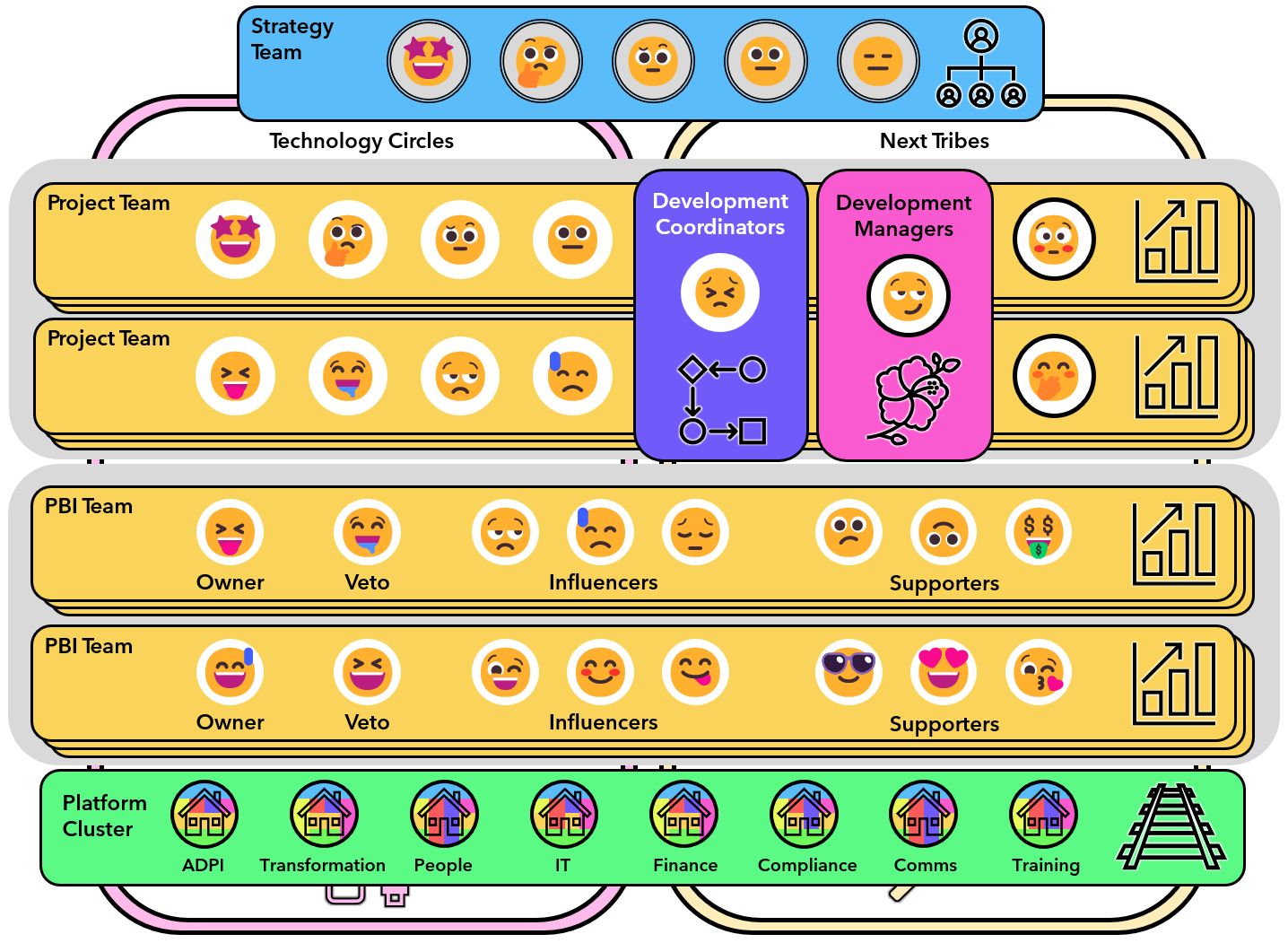
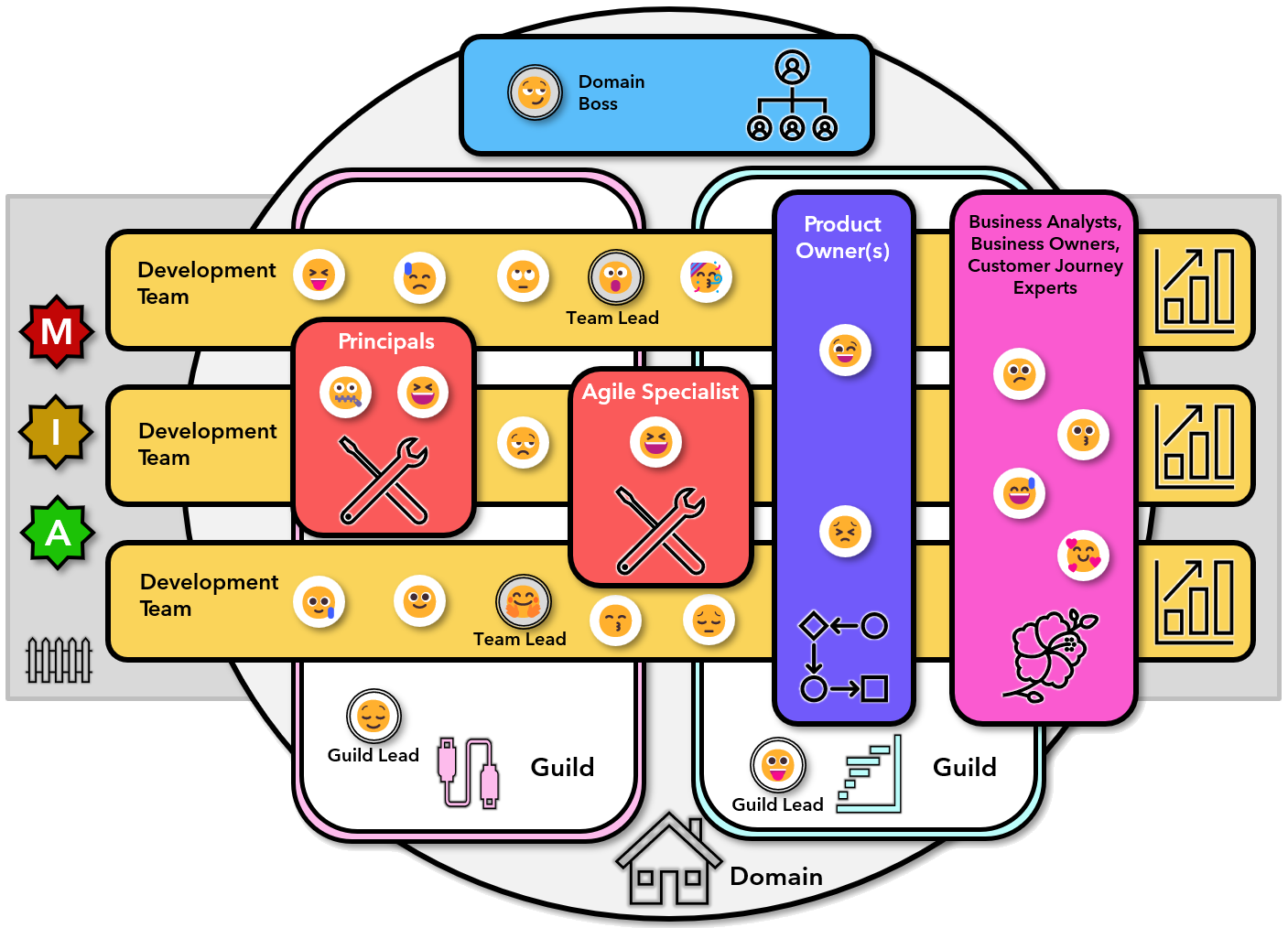
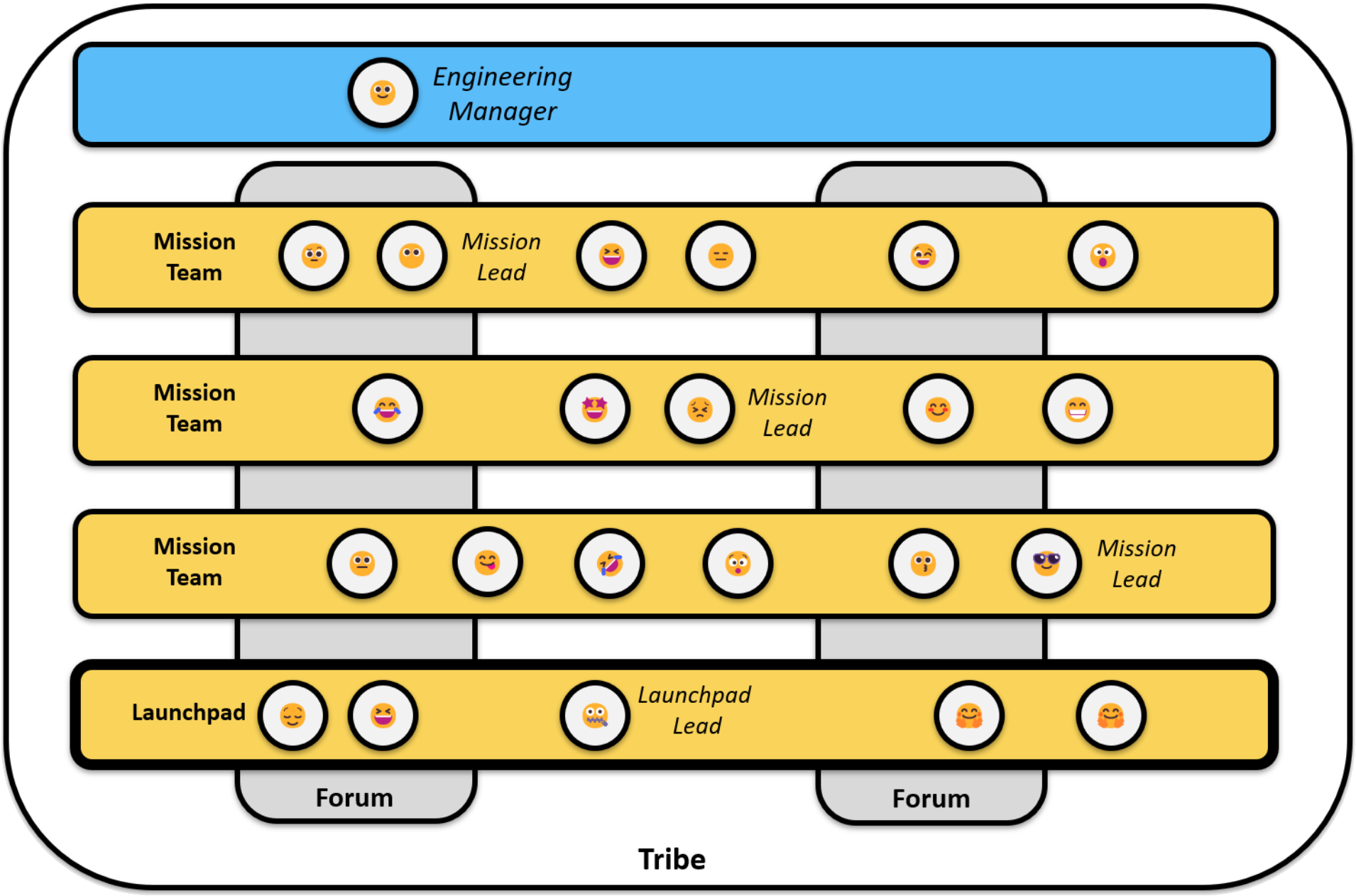





Improving the company organization design of epharma by using unFIX - structure with 18 bases, organized one unFIX congress and five domains.